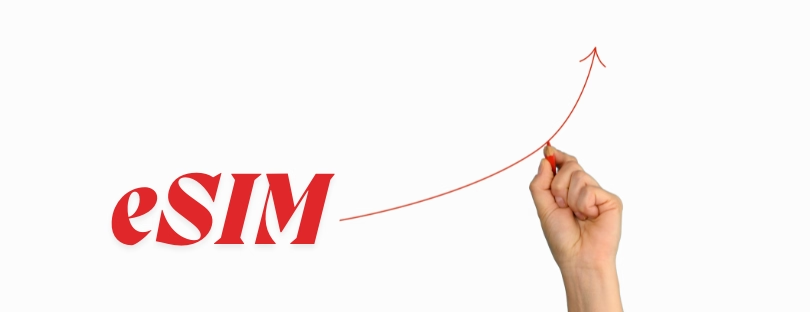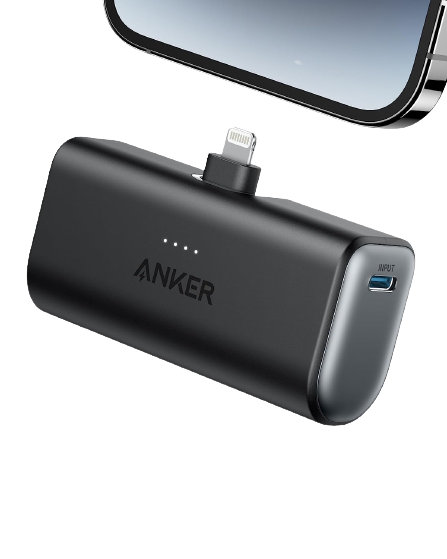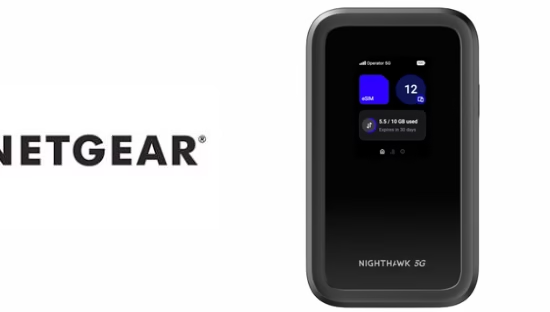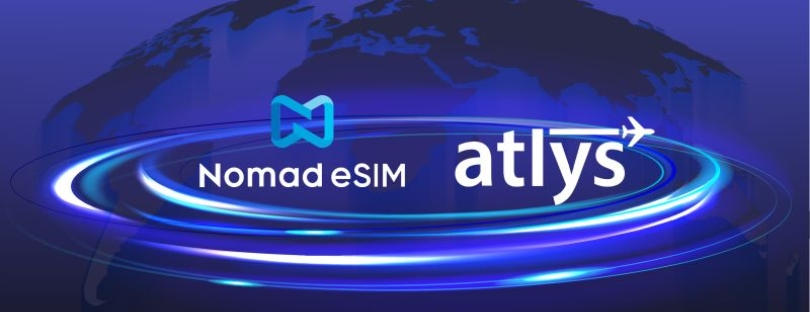
Travel SIM & eSIM Forecast: 380% Growth and a New Battle for Differentiation
The travel eSIM industry is heading into a massive expansion phase, and a new 2025–2030 forecast confirms just how dramatic that shift will be. Research and Markets’ latest report projects global travel eSIM spending to surge from $1.8 billion in 2025 to $8.7 billion by 2030. That’s a 380% growth jump in only five years—driven by device adoption, traveler awareness, and a wave of operators entering the space with their own offers. travel eSIM market forecast
This isn’t just another telecom report. It’s a blueprint for which companies will scale, which will stall, and which will eventually disappear as competition tightens.
Below is a breakdown of the most important insights, contextualized for readers who live and breathe travel connectivity.
Why Travel eSIM Adoption Is Accelerating
The first and most obvious driver is device readiness. Apple kicked things off when it moved to eSIM-only iPhones, but Android has quietly become an even stronger growth engine. GSMA Intelligence expects over 1 billion eSIM-capable smartphones to ship in 2025 alone. When devices switch, behavior follows.
But there’s a second shift: travelers now understand eSIMs. TikTok tutorials, YouTube walkthroughs, and review-driven affiliate content have demystified setup, making digital travel connectivity feel as natural as booking an Airbnb. Juniper Research recently noted that travel eSIM users could surpass 400 million by 2028, reflecting how awareness accelerates adoption.
And now, operators want in. What started as a playground for independent providers has evolved into a mixed ecosystem where MNOs, MVNOs, wholesalers, and app-based startups all fight for the same user. The report suggests that while operators won’t eliminate third-party apps, they will change the competitive pressure—especially for mid-tier brands without strong differentiation.
Differentiation Is the Real Currency
Every provider can sell “5GB for $10.” Now the question is: What else can you offer?
The report’s most important insight is that margins will no longer come from data packages but from the services wrapped around them. Providers already experimenting with this model offer a preview of the next evolution of travel eSIMs.
For example:
- Airalo introduced a membership-style benefits program, turning one-time buyers into repeat customers.
- AloSIM bundles a free Hushed number with its credits, adding an actual communications layer—not just data.
- Holafly differentiates through unlimited-data positioning, appealing to travelers who want simplicity.
These are early signals of what the report calls the value layer. Bundles, loyalty systems, safety tools, VPN access, airport lounge perks, and streaming add-ons—these will shape the next generation of offers.
Behind the scenes, differentiation will also come from backend intelligence: better APIs, real-time usage analytics, fraud detection, and enterprise dashboards. This is where major enablers such as Thales, RedteaMobile, and eSIM Go quietly define which brands can scale globally.
Partnership Matrix: Choosing the Right Allies
One of the strongest components of the report is its Partnership Matrix. It categorizes potential partners into four groups: strategic accelerators, scalable prospects, niche enablers, and exploratory prospects.
This matters because the travel eSIM ecosystem is extremely interdependent. A provider with strong pricing but weak infrastructure won’t grow. A provider with great UX but limited wholesale coverage won’t scale. A vendor with a smart app but unreliable activation flows won’t earn repeat users.
The report positions companies like Airalo, 1GLOBAL, Mobilise Global, and Proximus in the “high readiness” category—partners capable of enabling fast expansion. Others, like Telnyx, Zendit, or xMobility, offer unique capabilities but require careful alignment depending on long-term goals.
In other words, choosing a partner is no longer a technical decision. It’s a strategic one.
Country Readiness: Targeting the Right Markets
The Country Readiness Index divides markets into Focus, Growth, Developing, and Saturated. This model is valuable because not all countries deliver equal returns on marketing or infrastructure investment.
For example:
- India sits in the “Focus” category—fast-growing outbound travel, high eSIM device penetration, and a young, tech-forward population.
- Brazil and Vietnam are likely “Growth” countries: rising smartphone adoption and increasing international travel.
- Japan and South Korea lean toward “Saturated”: high awareness, high penetration, but slower incremental growth.
This index helps vendors avoid the common mistake of over-investing in markets that are already crowded or not yet ready.
Forecast Data That Actually Matters
The report includes a 9,000-data-point dataset covering traveler counts, eSIM users, package volume, total data consumed, and revenue projections. It also includes what-if scenario tools, country comparison dashboards, and regional metrics.
For providers, agencies, and partners planning 2025–2030 roadmaps, this is the kind of evidence-based foundation that replaces guesswork with strategy.
Market Strategy Insights
The report highlights several core strategic moves for companies wanting to grow:
Bundling Strategies
- Turn eSIMs into travel products, not utilities
- Mix connectivity with fintech, insurance, or travel perks
Platform Improvements
- Invest in analytics and enterprise tools
- Improve onboarding flows and in-app clarity
Partnership Prioritization
- Align with scalable enablers rather than patchwork infrastructure
- Enter co-marketing deals with travel brands
Country Expansion Choices
- Target high-readiness markets first
- Use readiness scores to allocate advertising and scaling budgets
These strategies reflect broader patterns we’ve seen across SaaS and fintech markets: the brands that build ecosystems—not just products—win.
Conclusion: Where the Market Is Heading, and Who Will Lead It
Comparing this forecast with data from GSMA Intelligence, Juniper Research, and recent moves by Orange Wholesale, Tata Communications, and 1GLOBAL, the direction is clear: the travel eSIM market is entering its consolidation phase.
Providers who simply resell data won’t survive the next five years. The winners will be the ones who:
- Build differentiated value layers
- Use partnerships as growth accelerators
- Enter the right countries at the right time,
- Invest in strong, scalable infrastructure
- and integrate connectivity into the wider travel experience
By 2030, buying a travel eSIM will likely sit directly inside the booking flow—next to flights, hotels, and insurance. Connectivity will become a default travel staple, not a separate purchase. And the companies prepared for that shift will define the next chapter of global travel technology.











